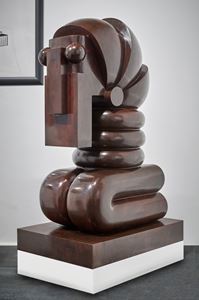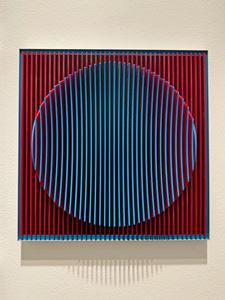Mark Hachem.
44 rue des tournelles
75004 Paris
France
Phone : +33 1 42 76 94 93
Email : paris@markhachem.com
URL : www.markhachem.com
About
The gallery takes part in prestigious contemporary art fairs around the world, such as: Beijing, Chicago, London, Paris, Maastricht, New York, Miami, Palm Beach, Shanghai, Moscow, Dubai, Singapore, New Delhi and Istanbul. With more than 200 exhibitions to his credit, Mark Hachem Gallery has acquired a robust international reputation for its dynamism and professionalism.
An ardent defender of contemporary art, Mark Hachem is also an adviser to public institutions and private collectors.

Franco ADAMI La femme Girafe, 2009, bronze, 108 x 61 x 47 cm

Jose Margulis Portholes 6, 2023, plexiglass, aluminium comp, acrylic paint, unique, 40 x 40 cm


Other Represented Artists
